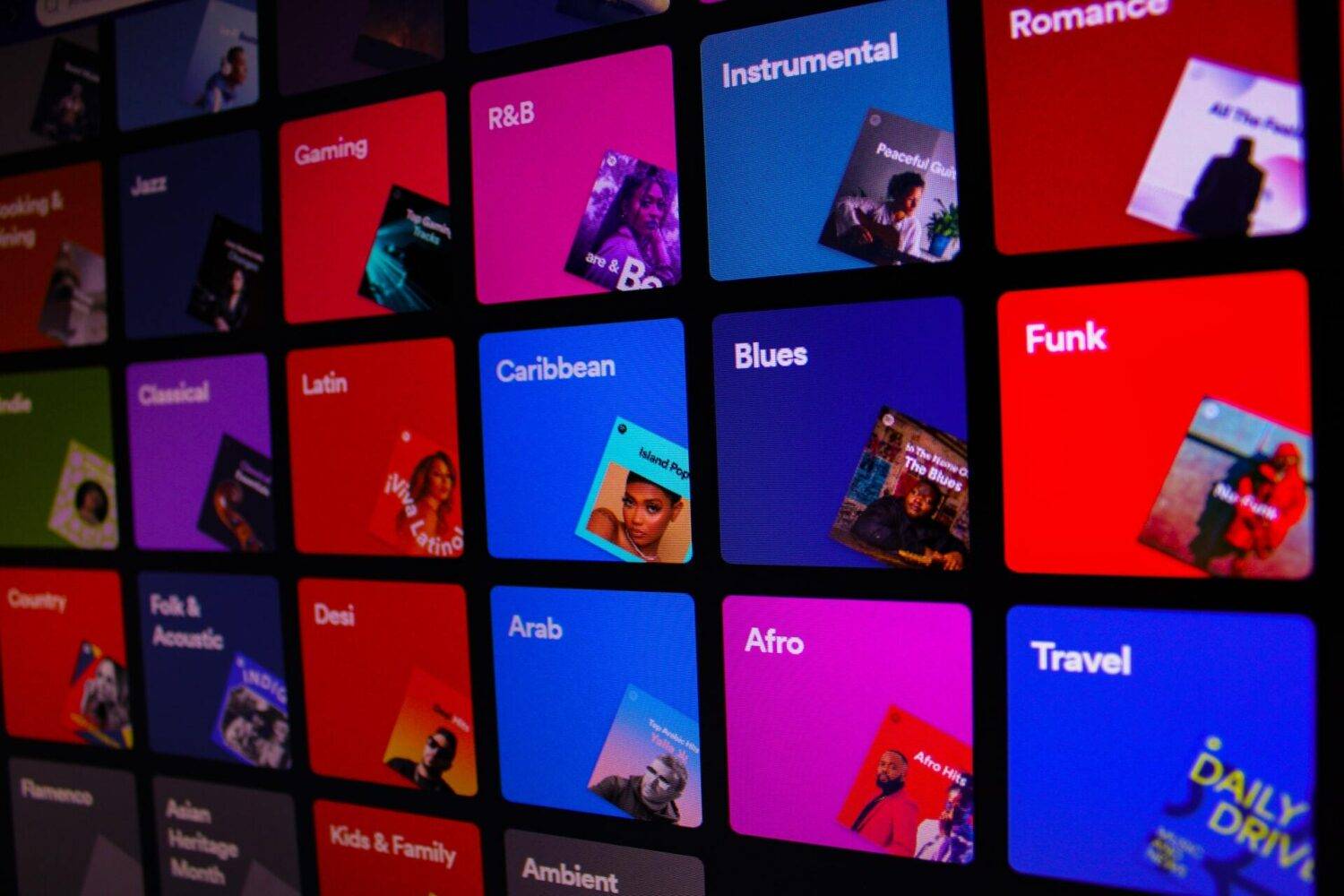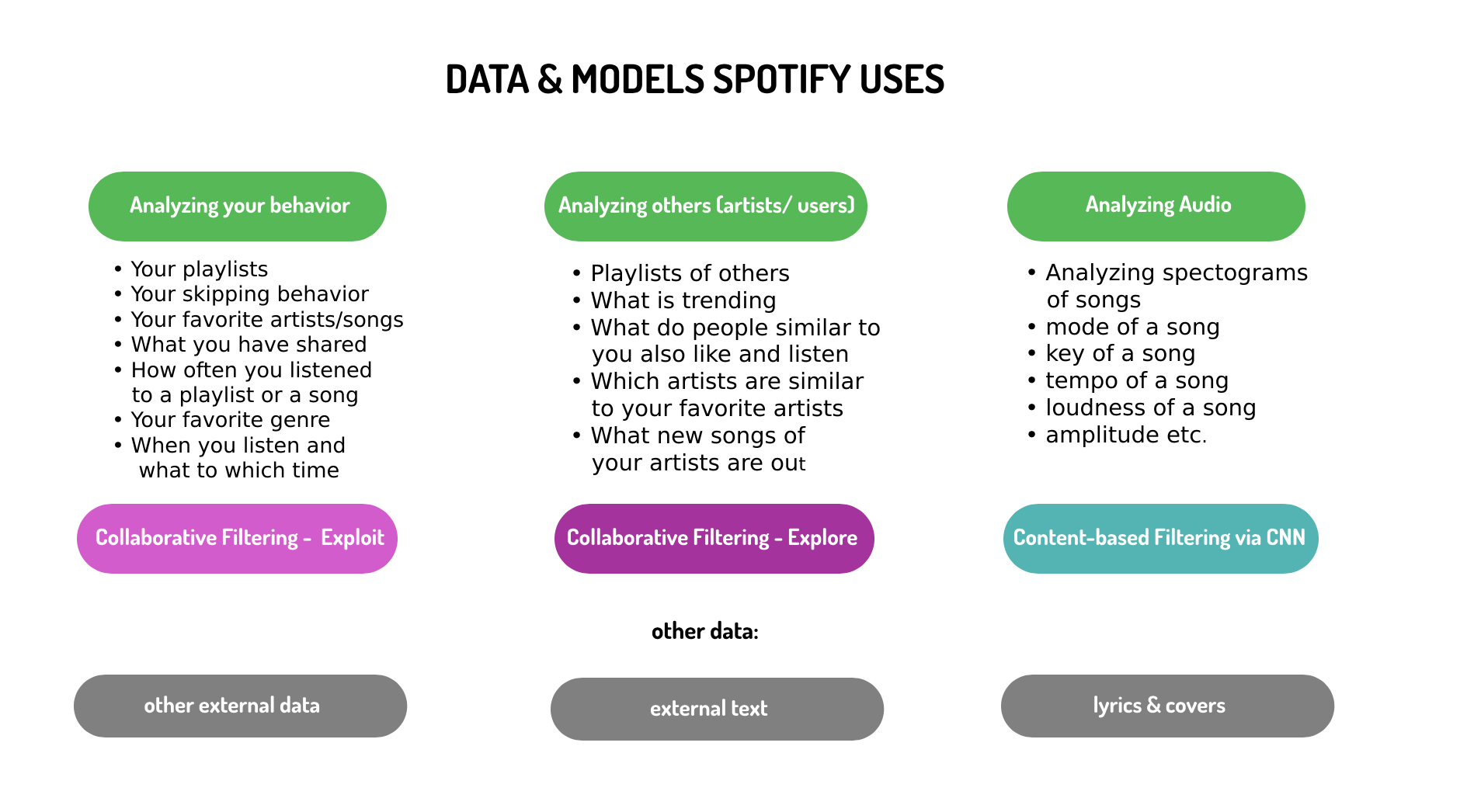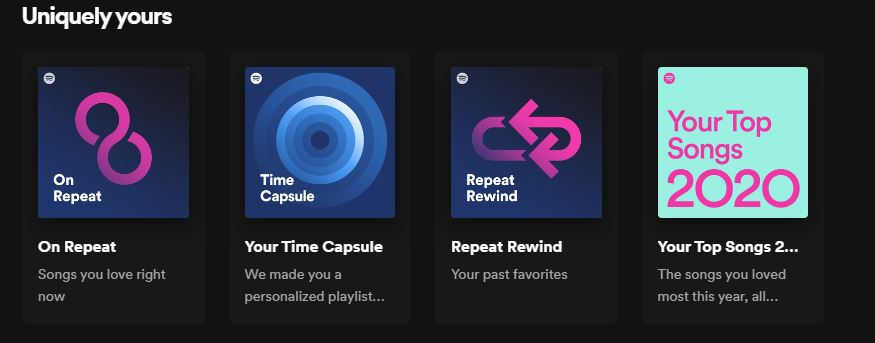Ultimate Guide to how the Spotify Music Discovery Algorithm works [Janelle Borg]
Even though streaming has become unimaginably easy for the user to discover new music, that does not mean the process isn’t complicated. This guide breaks down how the Spotify algorithm works its magic and how musicians can use it to their advantage.
by Janelle Borg of Amplify You
It’s no secret that music streaming services are one of the main ways people discover music nowadays. Sure, you can spend your weekends crate digging at your local record store, or checking out music blog recommendations. But with the click of a button, music streaming services – from Spotify to Amazon Music – can tailor your music recommendations to a tee.
The secret? Algorithms. In this article, we uncover the inner workings of the powerful Spotify algorithm, and give you some tips and tricks on how to leverage it to your advantage. Let’s dive right in.

What is the Spotify algorithm?
Simply put, the Spotify algorithm is the underlying technology Spotify uses to hyper-personalise music recommendations. This algorithm allows Spotify to suggest songs as soon as a song finishes, and create personalised playlists, mixes, artist suggestions and daylists.
It’s essentially based on complex, AI-driven coding. However, it’s also data-driven, which means that your data and behaviours refine the algorithm and make it increasingly accurate. It takes notes of your actions on the app, your top music on Spotify, which songs you play, which ones you decide to skip, which ones are on repeat, the artists you follow, at what time you listen to certain music genres, and so on.
The Spotify algorithm behind personalised playlists
Personalised music recommendations can only happen because of the large amounts of user data available to Spotify. By harnessing this data, Spotify analyses patterns and creates a system where the tracks and users are interlinked.
User data serves as the data layer. This includes both implicit and explicit interactions, including user preferences, app interactions and listening history. This data layer is essential, as it’s the foundation on which Spotify built its recommendation models and playlists.
Spotify then uses shared models, including collaborative filtering, to create a music map based on this data layer. This shared model links users to tracks, and clusters songs that are playlisted frequently together.
Collaborative filtering identifies these patterns and arranges the position of a song on the overall musical map according to its association with other tracks. Songs that are often put on the same playlists signal that they’re close to each other on the musical map. This forms the basis of personalised playlists, as the proximity of Track A to Track B on multiple playlists could prompt Track B to be suggested every time a user adds Track A to their personal playlists.
Content-based filtering is another type of shared model that takes things a step further. By digging deep into the essence of what makes a song, content-based filtering ensures that the recommended music is tailored to each user’s individual music taste.

Credit: Towards Data Science
The attributes that content-based filtering takes into account are:
Metadata
This includes the release date, label, genre, key signature, duration, language, collaborators, producer, lyrics, artist’s geographical location and cultural background, cover art, tempo, etc.
Musical characteristics
The Spotify algorithm breaks each song down into raw audio analysis metrics. These include:
– Danceability: the dance-like quality of a song. The higher the danceability score, the more likely it’s a song that makes you want to move.
– Loudness: The song’s volume and dynamic range.
– Energy: How powerful or energetic a song feels.
– Tempo: The beats per minute.
– Acoustic-ness: Whether a song relies on acoustic/organic instruments or electronic elements.
– Chord progressions: A song’s harmonic structure.
– Lyrics: The story, emotion and message conveyed through the lyrics.
Cultural sensitivity
The Spotify algorithm analyses the cultural nuance of a particular track, which allows Spotify to recommend tracks that are significant to a user’s cultural background.
User-generated content
The algorithm also examines user-generated content such as playlist titles and descriptions, coupled with the type of songs they choose to include under this playlist title. This adds another layer that enables music recommendations to accurately adapt to a user’s mood, subculture and life events.
Next-level personalisation
What makes the Spotify recommendation system particularly special is that it can also tap into the essence of your current environment. Whether you’re trying to ward off the Monday blues with a cup of coffee or on holiday in Hawaii, the Spotify algorithm can tap into your what you’re currently experiencing by collecting key data. This includes the time of day, the location, the weather and the listening habits.
The culmination of this particular type of data collection is the daylist, which Spotify launched in 2023. This type of playlist adapts to the mood of a user throughout the day and undergoes several updates per day. According to Spotify: “It’s hyper-personalised, dynamic, and playful as it reflects what you want to be listening to right now.”
So if you listen to a particular genre of music in the afternoon and switch things up at night, Spotify recommends different music for different times of the day via the daylist. But genre isn’t the only thing Spotify considers. In addition to analysing your music preferences, the Spotify algorithm also takes into account your current geographical location, the current weather conditions, and the various moods typically associated with different times of the day.

So how can you use the Spotify algorithm to your advantage?
Encourage your fans to follow you on Spotify
First things first – a good way to show that you have active fans is to encourage your existing fans to follow you on Spotify. This may seem like a chore – especially considering how many platforms there are out there. However, nothing triggers the Spotify algorithm more than likes, follows, and people actively streaming your music.
Run pre-save campaigns
If you’re planning a release, it’s important to get as many pre-saves as possible before the song or album drops. This way, you can show Spotify that your upcoming song is in demand, increasing the chances that it’s playlisted. Set up a pre-save link with AmplifyLink and share it on all your platforms to maximise the number of pre-saves.
Pitch your music via Spotify for Artists
Landing a Spotify editorial playlist is not guaranteed, but you miss 100 percent of the shots you don’t take. Pitching your upcoming release is easy. Go to Spotify for Artists and then click on “Music,” “Upcoming” and “Pitch a Song.” Include all the relevant information, and make sure you include what that song’s unique selling point is. Even if your song is not placed on an editorial playlist, it is still added to Release Radar and algorithmic playlists, which can significantly boost your streaming numbers.
Use the correct metadata
The Spotify algorithm – and any algorithm, for that matter – loves crystal clear metadata. This is mainly because metadata helps categorize your music and serve it to people who will actually like your tracks.
This is not only beneficial for the streaming platform as it helps it retain its customers, but also for you. So make sure you fill in as much accurate details as possible when uploading your music to your digital distributor. Providing the correct genres and artist data can make a world of a difference in ensuring your music is “served” to the right audience.
Final notes
Whether you’re an avid Spotify user or prefer old-school crate digging, knowing how the Spotify algorithm works is essential for artists operating in today’s algorithm-driven music industry. Undoubtedly, it’s one of the biggest drivers of new music discovery and helps connect artists with potential music fans, and vice versa.
However, it’s important to remember that monthly listeners don’t equal fans. While it’s important to know how to use the Spotify algorithm to your advantage, harnessing your superfans and building a solid community is a more productive way to pursue a long-term career than obsessing over numbers.
Janelle Borg knows a thing or two about the music industry. Having been involved in the industry since the age of 13, she’s now involved in a variety of music-related projects and is always keen to share industry tips ‘n’ tricks with fellow musicians.